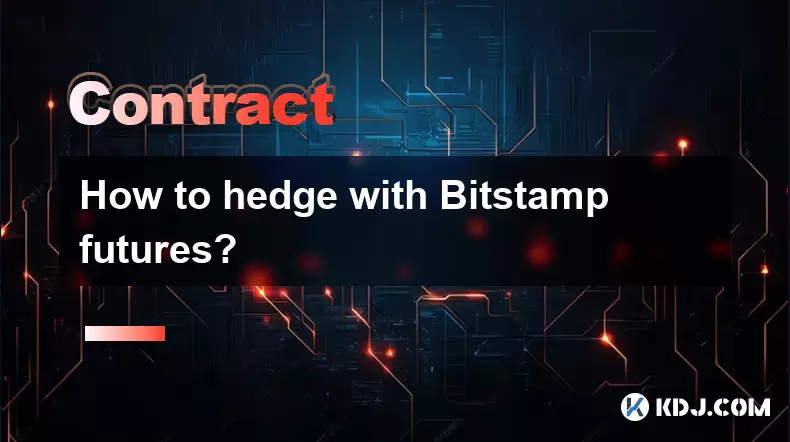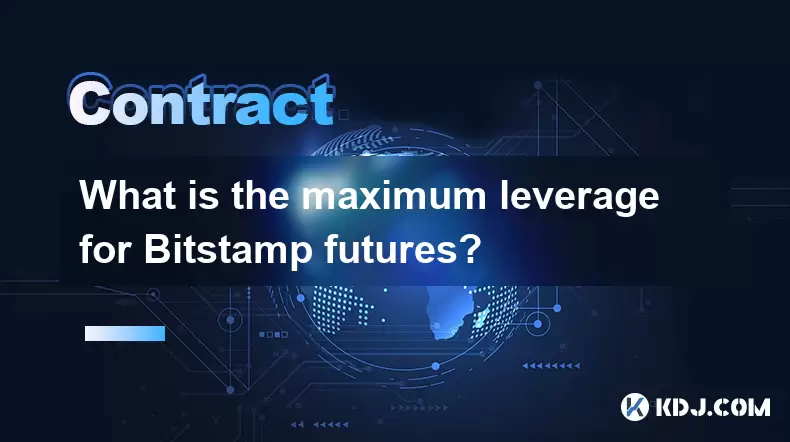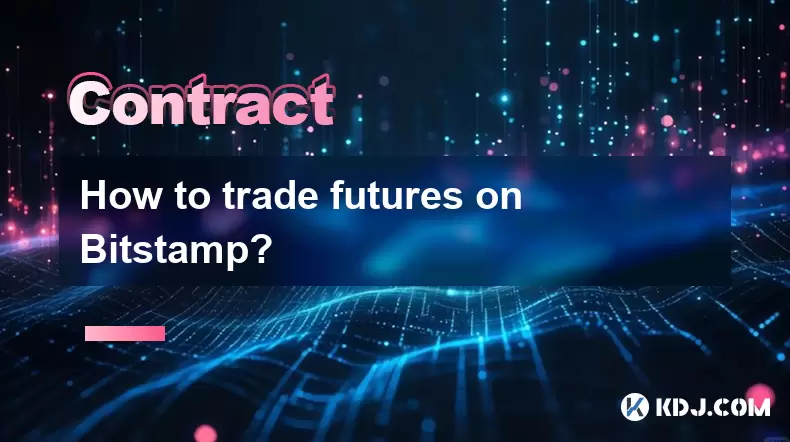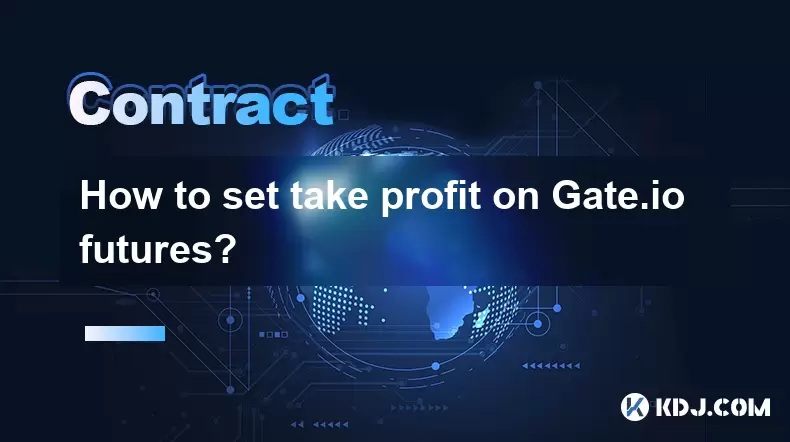-
 Bitcoin
Bitcoin $118900
0.42% -
 Ethereum
Ethereum $3710
-2.88% -
 XRP
XRP $3.513
-2.96% -
 Tether USDt
Tether USDt $1.000
-0.01% -
 Solana
Solana $203.0
3.65% -
 BNB
BNB $765.5
-1.29% -
 USDC
USDC $0.9998
0.00% -
 Dogecoin
Dogecoin $0.2671
-4.18% -
 Cardano
Cardano $0.8817
-3.63% -
 TRON
TRON $0.3139
-0.64% -
 Hyperliquid
Hyperliquid $44.34
-5.45% -
 Stellar
Stellar $0.4637
-4.08% -
 Sui
Sui $3.908
-2.59% -
 Chainlink
Chainlink $19.34
-2.62% -
 Hedera
Hedera $0.2712
-3.77% -
 Avalanche
Avalanche $24.97
-4.13% -
 Bitcoin Cash
Bitcoin Cash $519.8
-1.48% -
 Shiba Inu
Shiba Inu $0.00001518
-3.74% -
 Litecoin
Litecoin $115.6
-2.21% -
 Toncoin
Toncoin $3.460
3.68% -
 UNUS SED LEO
UNUS SED LEO $8.977
-0.07% -
 Polkadot
Polkadot $4.460
-2.96% -
 Uniswap
Uniswap $10.53
-5.43% -
 Ethena USDe
Ethena USDe $1.001
0.01% -
 Monero
Monero $323.6
-0.36% -
 Pepe
Pepe $0.00001379
-2.60% -
 Bitget Token
Bitget Token $4.772
-3.90% -
 Dai
Dai $0.9999
0.00% -
 Aave
Aave $307.5
-6.66% -
 Bittensor
Bittensor $441.8
0.84%
How to short on Gate.io futures?
Shorting futures on Gate.io lets you profit from falling crypto prices—use leverage wisely, set stop-losses, and monitor liquidation risks to trade safely. (154 characters)
Jul 22, 2025 at 10:42 pm

Understanding Futures Trading on Gate.io
Futures trading allows users to speculate on the price movement of cryptocurrencies without owning the underlying asset. On Gate.io, futures contracts enable traders to take long or short positions based on their market outlook. When you short a futures contract, you are essentially betting that the price of the asset will decrease before the contract expires. This is a powerful strategy for profiting in a bear market. It’s crucial to understand leverage, margin requirements, and liquidation risks before proceeding. Gate.io offers up to 100x leverage on certain pairs, which amplifies both potential gains and losses.
Setting Up Your Gate.io Futures Account
Before you can short, ensure your Gate.io account is verified and has sufficient funds in the futures wallet. Navigate to the Futures section from the main menu. If it's your first time, you'll need to transfer funds from your spot wallet to the futures wallet. Click on "Transfer" and choose the asset you want to use as margin (e.g., USDT or BTC).
- Select the asset and amount
- Choose “From: Spot Account” to “To: Futures Account”
- Confirm the transfer
Once the funds appear in your futures wallet, you’re ready to proceed. Make sure to set your margin mode—either cross or isolated—based on your risk tolerance. Cross margin uses your entire wallet balance as collateral, while isolated margin limits risk to the allocated amount per position.Choosing the Right Futures Contract
Gate.io lists multiple futures contracts, including perpetual and delivery types. For shorting, most traders prefer perpetual contracts because they don’t expire and allow indefinite holding (subject to funding fees). Select the trading pair you want to short—popular choices include BTC/USDT, ETH/USDT, or altcoin pairs. - Click on the desired pair in the futures market list
- Verify the current price, funding rate, and open interest
- Check the maximum leverage available for that pair
Ensure the contract is in inverse or linear format depending on whether you’re using crypto or stablecoin as margin. Linear contracts (e.g., BTC/USDT) are simpler for beginners as profits and losses are denominated in USDT.Placing a Short Sell Order
Now that your account is funded and the contract selected, it’s time to short. On the futures trading interface: - Switch to the “Short” tab (this sets your position direction)
- Enter the leverage multiplier (e.g., 10x, 20x)
- Choose your order type: Limit, Market, or Stop-Limit
- Input the quantity you wish to short
For a market order, click “Sell/Short” to execute immediately at the best available price. For a limit order, specify the price at which you want to enter the short. Always set a stop-loss to limit downside risk. This can be done in the “TP/SL” section by entering a trigger price that will automatically close your position if the market moves against you.Monitoring and Managing Your Short Position
After opening a short, monitor your position closely. The “Positions” tab displays your entry price, liquidation price, unrealized PnL, and margin ratio. The liquidation price is critical—it’s the price at which your position will be forcibly closed if the market moves against you. To avoid liquidation: - Add more margin if the price rises unexpectedly
- Adjust your stop-loss upward as the price drops to lock in profits
- Watch for funding rate payments if holding overnight (shorts pay or receive based on market sentiment)
Use the “Reduce Only” option when closing partial positions to avoid accidentally increasing your short exposure. Always keep an eye on market volatility and news that could trigger sudden price spikes.Common Mistakes to Avoid When Shorting
New traders often make avoidable errors that lead to losses. One major mistake is using excessive leverage without understanding the liquidation mechanics. A 50x or 100x position can be wiped out by a small price swing. Another error is ignoring funding fees—shorting during a strong bull market may result in continuous fee payments. Also, never neglect risk management tools like stop-loss and take-profit. Some traders forget to switch from cross to isolated margin, exposing their entire futures balance to a single losing trade.Frequently Asked Questions
What happens if my short position gets liquidated on Gate.io?
If the market price hits your liquidation level, Gate.io will automatically close your position to prevent further losses. You’ll lose the margin allocated to that trade, and any remaining funds in the position will be forfeited. Review your margin ratio regularly to avoid this.Can I short futures with USDT as margin on Gate.io?
Yes. Gate.io supports linear perpetual contracts where USDT serves as the margin and profit/loss currency. This is ideal for traders who want stablecoin-denominated gains and losses without exposure to crypto volatility on their margin.How do I calculate my potential profit when shorting?
Profit = (Entry Price – Exit Price) × Quantity. For example, if you short 1 BTC at $60,000 and close at $55,000, your profit is ($60,000 – $55,000) × 1 = $5,000 (minus fees). Use Gate.io’s built-in PnL calculator in the futures interface for real-time estimates.Is shorting on Gate.io available for all cryptocurrencies?
No. Only assets with active futures contracts can be shorted. Check the Futures section to see the full list. Popular pairs like BTC, ETH, BNB, SOL, and others typically have deep liquidity for shorting. Altcoin futures may have lower volume and higher slippage.
Disclaimer:info@kdj.com
The information provided is not trading advice. kdj.com does not assume any responsibility for any investments made based on the information provided in this article. Cryptocurrencies are highly volatile and it is highly recommended that you invest with caution after thorough research!
If you believe that the content used on this website infringes your copyright, please contact us immediately (info@kdj.com) and we will delete it promptly.
- SEC, Bitcoin, and Crypto: Navigating the Wild West of Digital Finance
- 2025-07-23 04:30:12
- Tyre Legalities, the 20p Test, and Expert Advice: Staying Safe on the Road
- 2025-07-23 04:50:12
- Liberty Head Double Eagle Proofs: A Golden Opportunity?
- 2025-07-23 04:55:12
- Solana NFTs Surge: Riding the Wave of Market Volume and NFT Hype
- 2025-07-23 04:30:12
- Stablecoin Market, US Treasuries, and Financial Risk: A Deep Dive
- 2025-07-23 05:00:13
- Wall Street Pepe (WEPE) and the Solana Meme Coin Mania: A New Era?
- 2025-07-23 03:30:13
Related knowledge

How to trade ETH perpetuals on Bitstamp?
Jul 23,2025 at 03:28am
Understanding ETH Perpetual ContractsETH perpetual contracts are derivative products that allow traders to speculate on the price of Ethereum without ...

How to hedge with Bitstamp futures?
Jul 23,2025 at 02:00am
Understanding Bitstamp Futures ContractsBitstamp futures are financial derivatives that allow traders to speculate on or hedge against the future pric...

What is the maximum leverage for Bitstamp futures?
Jul 23,2025 at 05:21am
Understanding Bitstamp FuturesBitstamp, a well-established cryptocurrency exchange, offers futures trading to users seeking advanced financial instrum...

How to trade futures on Bitstamp?
Jul 23,2025 at 12:56am
Understanding Bitstamp Futures TradingFutures trading on Bitstamp allows users to speculate on the future price of cryptocurrencies such as Bitcoin an...

How to create a futures API key on Gate.io?
Jul 23,2025 at 03:49am
Understanding Futures API Keys on Gate.ioA futures API key on Gate.io allows traders to automate trading strategies, manage positions, and retrieve re...

How to set take profit on Gate.io futures?
Jul 23,2025 at 01:14am
Understanding Take Profit in Gate.io FuturesWhen trading futures on Gate.io, a take profit (TP) order allows traders to automatically close a position...

How to trade ETH perpetuals on Bitstamp?
Jul 23,2025 at 03:28am
Understanding ETH Perpetual ContractsETH perpetual contracts are derivative products that allow traders to speculate on the price of Ethereum without ...

How to hedge with Bitstamp futures?
Jul 23,2025 at 02:00am
Understanding Bitstamp Futures ContractsBitstamp futures are financial derivatives that allow traders to speculate on or hedge against the future pric...

What is the maximum leverage for Bitstamp futures?
Jul 23,2025 at 05:21am
Understanding Bitstamp FuturesBitstamp, a well-established cryptocurrency exchange, offers futures trading to users seeking advanced financial instrum...

How to trade futures on Bitstamp?
Jul 23,2025 at 12:56am
Understanding Bitstamp Futures TradingFutures trading on Bitstamp allows users to speculate on the future price of cryptocurrencies such as Bitcoin an...

How to create a futures API key on Gate.io?
Jul 23,2025 at 03:49am
Understanding Futures API Keys on Gate.ioA futures API key on Gate.io allows traders to automate trading strategies, manage positions, and retrieve re...

How to set take profit on Gate.io futures?
Jul 23,2025 at 01:14am
Understanding Take Profit in Gate.io FuturesWhen trading futures on Gate.io, a take profit (TP) order allows traders to automatically close a position...
See all articles

























































































